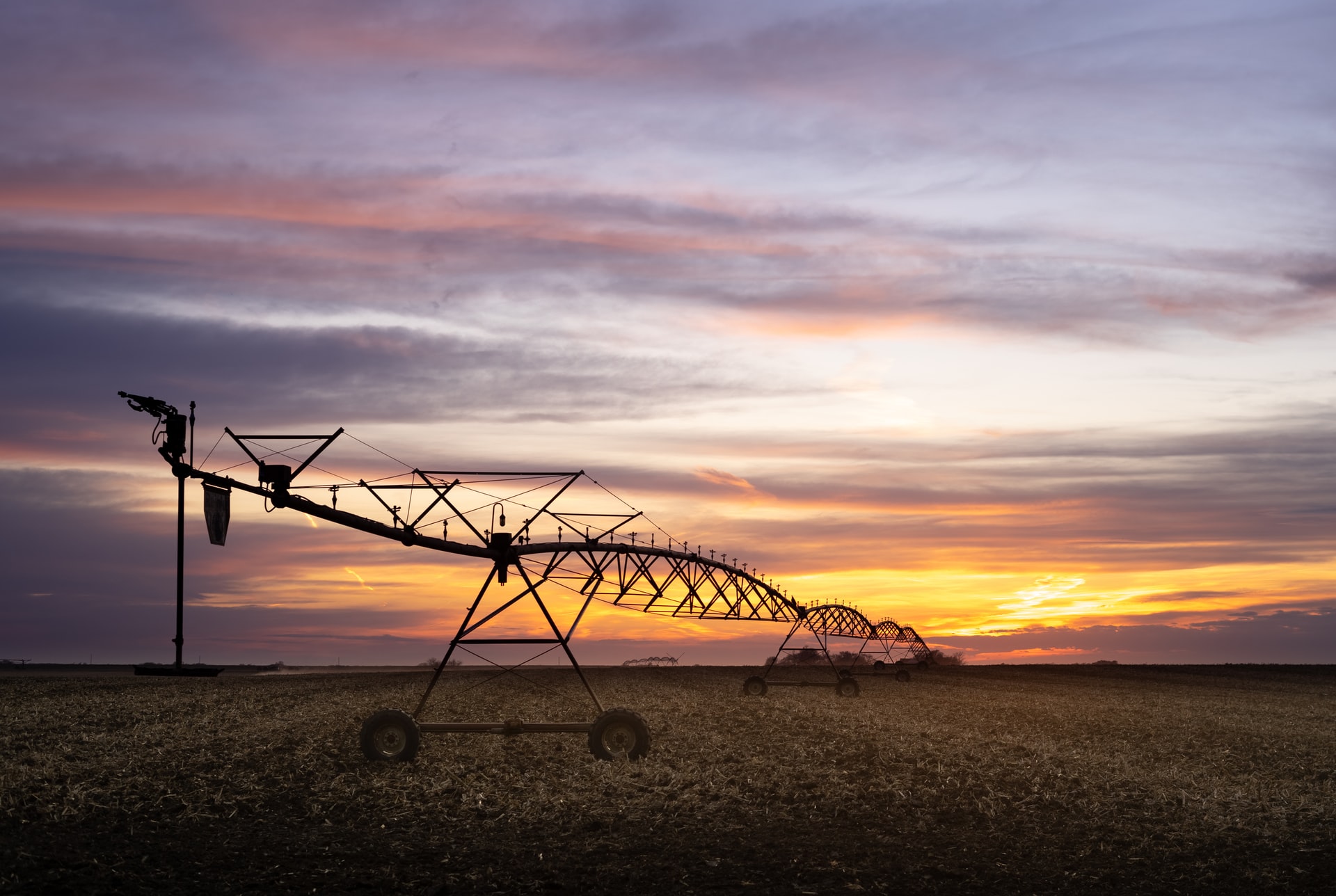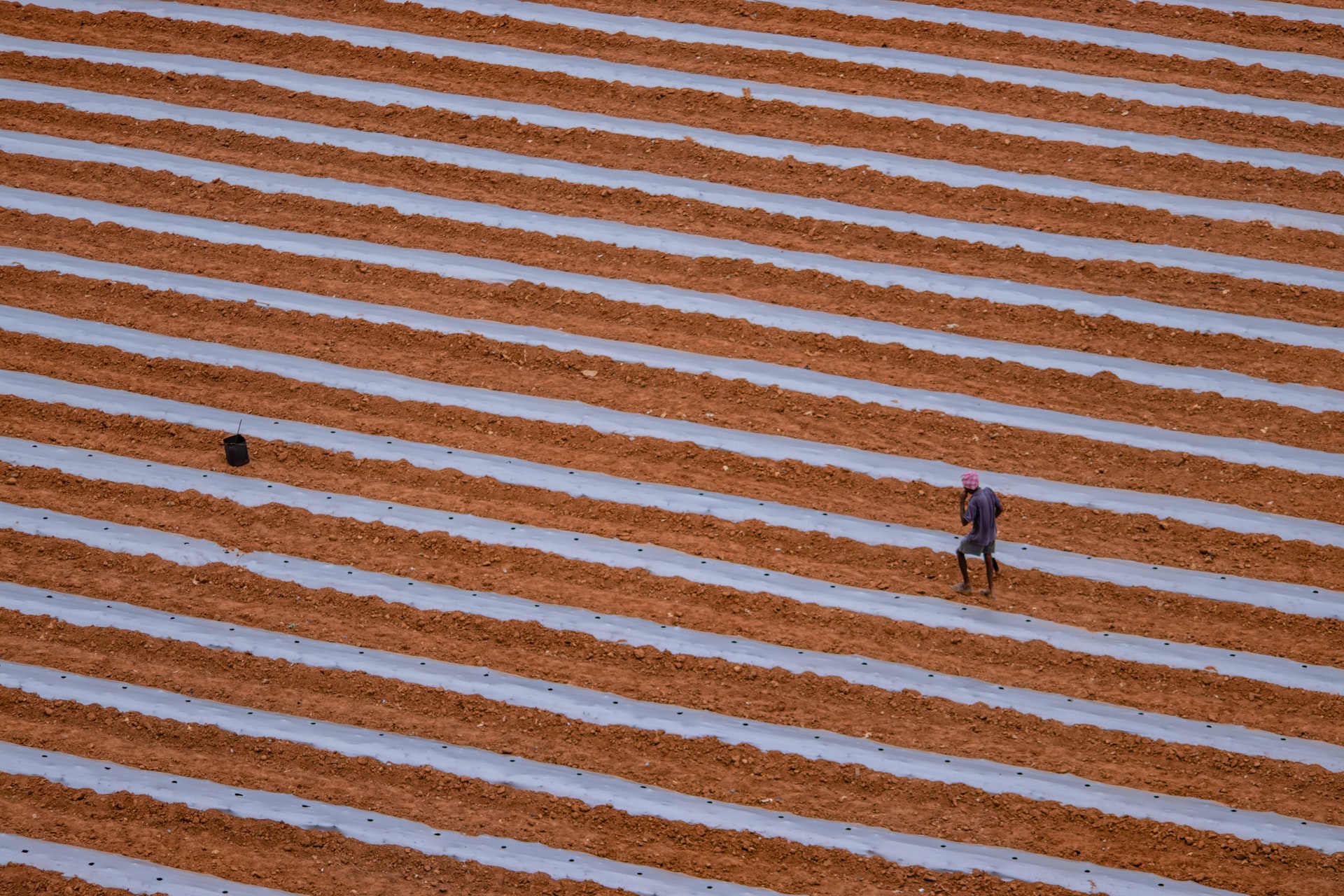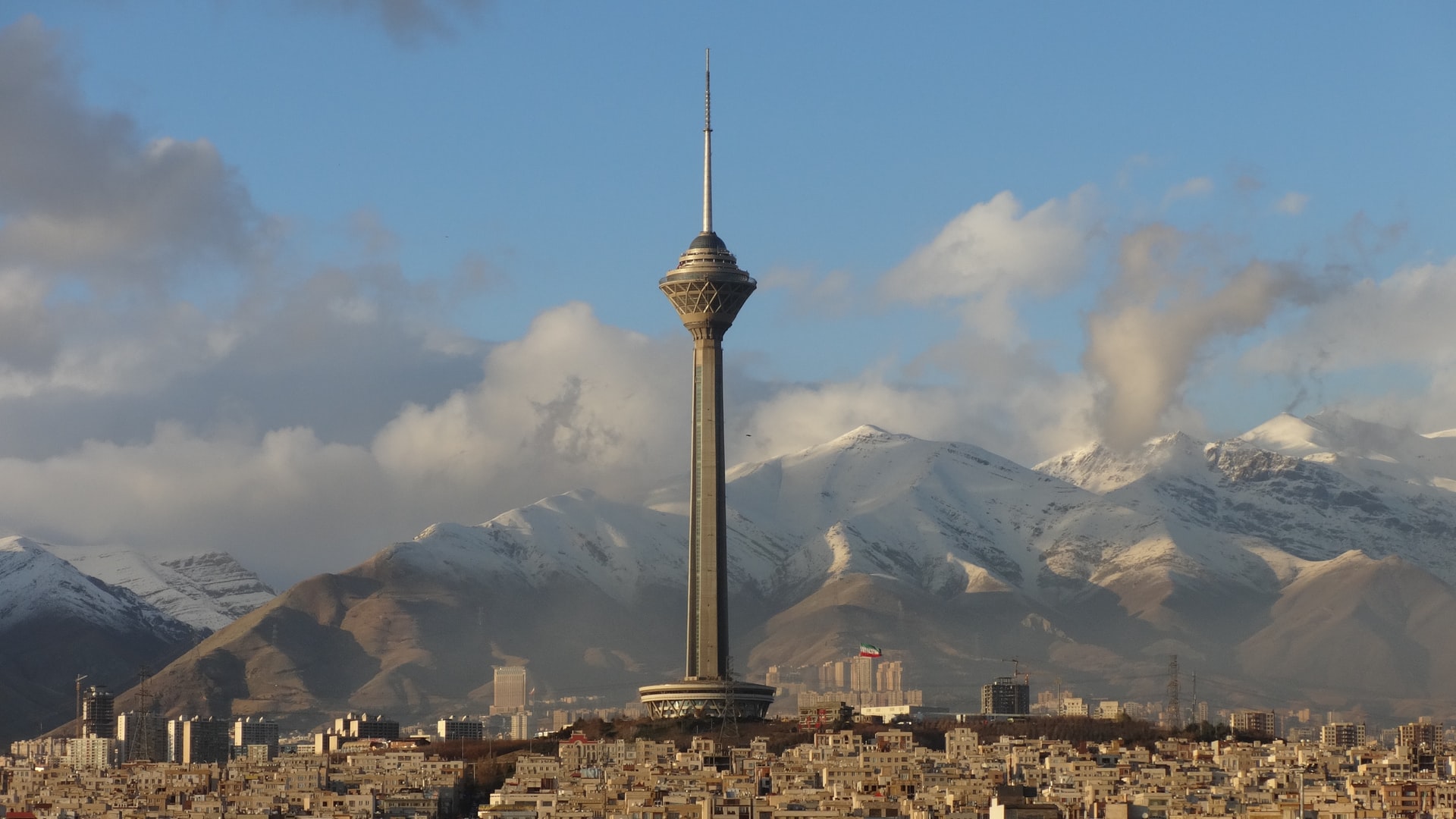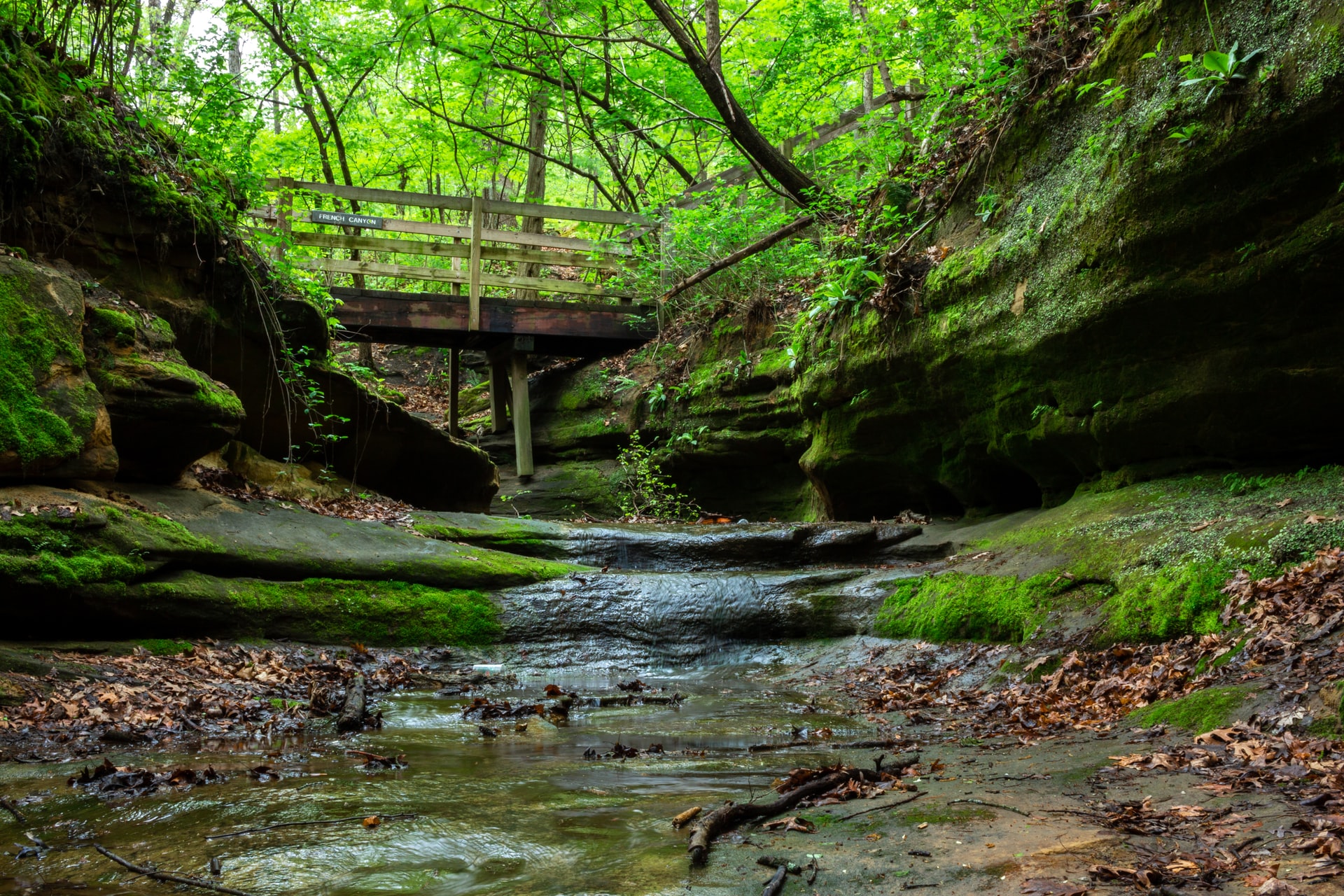4 ways we are using – and losing – precious groundwater
We may not be able to see groundwater, but it’s essential to all life on earth. As we tap deeper and deeper water resources, we’re at risk of depleting it, and causing harm to ourselves and the environment along the way.
Groundwater is the hidden life source that runs beneath our feet. As its name suggests, the term refers to water that’s stored in the ground. Water from rain, rivers and lakes seeps into the ground and rests in the cracks and crevices between rock and soil and roots forming aquifers. Some estimates suggest there is around 30 times more water stored under the ground than found on the surface in lakes and rivers.
We look at four ways that we are using, and losing, groundwater around the world.
60% of irrigation in the USA relies on groundwater

The High Plains aquifer crosses eight states, including Colorado, Nebraska and Kansas, covering a total of 450,000 km2. It’s one of the largest, freshwater groundwater systems in the world, and water drawn from its deepest pockets has been dated at 13,000 years old. But it’s being depleted – in some areas by as much as 30 metres, with extraction occurring ten times faster than recharge. Farming in the region relies on this vast aquifer, and its loss would be economically as well as personally detrimental.
India taps the most groundwater of any country

India is responsible for about a quarter of the world’s groundwater extraction. It’s used for farming and domestic use – about 85% of rural drinking water comes from wells that tap groundwater. But the quality of groundwater across India is faltering.
As water is taken up from deep aquifers, water from newer, shallower aquifers closer to the surface flows down into the vacated space. This newer water can contain contaminants, like nitrates, from the topsoil. As urban populations increase, old sewage and waste pipe infrastructure can struggle to cope, and leak polluted water into groundwater. Similarly, unregulated industries can dump polluted water into lakes and rivers, which becomes part of the natural recharge process of aquifers. One study of 243 wells cross North-western India found three quarters to be contaminated to unhealthy levels.
Tehran is sinking at a rate of 25 centimetres a year

The capital city of Iran is slowly subsiding because of a growing population and a lack of regulation on groundwater pumping. Huge fissures have opened south of the city, and sinkholes are becoming an increasing hazard. Sinkholes occur naturally as water dissolves soluble rock beneath the earth’s surface, but can be exacerbated by groundwater depletion as the over extraction of water affects the overall stability of the geology below ground.
Tehran is not alone – other sinking cities include Venice, where groundwater extraction was banned in 2000, Jakarta, and Los Angeles. 19% of the world’s population could be affected by subsidence by 2040.
Groundwater depletion might be harming the Great Barrier Reef

We’re still discovering how groundwater and our oceans interact, but we know that groundwater flows into the sea from below ground – submarine discharge, and it appears to carry with it nutrients that benefit fish and ocean plants.
But if groundwater becomes overly polluted by nitrates and other pollutants, this can have unforseen, knock on effects. Scientists have now mapped out aquifers beneath the Great Barrier Reef, and recent research suggests groundwater discharge from these polluted aquifers might be playing a role in eutrophication of the reef – where too much algae grows at the ocean’s surface, blocking light and sucking up nutrients needed by the coral below. Groundwater exploitation, then, might be putting our oceans’ delicate balance in jeopardy.
What can we do?

To understand the scale of the problem, we need better monitoring of global groundwater reserves. Initiatives like the European Groundwater Drought Initiative, and the Africa Groundwater Atlas can help us track how much water is in aquifers, and its quality. NASA, meanwhile, is using satellites to track soil moisture across the globe. This data can inform regulation on pumping to prevent overuse.
For those who are using more water than they need, as is often the case in richer regions, education campaigns to encourage water conservation will help reduce the burden on local aquifers. For those struggling to access water, alternative freshwater sources are essential. This means programmes to capture rainwater – like the 1,000 tanks project in Chennai that will collect rainwater – and using wastewater for irrigation, rather than freshwater.
In the La Janda region of Spain, a mix of policy, education, subsidies, and community outreach has helped reverse some of the impacts of groundwater depletion by farming.
If we fail to act now, the way we use – and overuse – groundwater will continue to drive water scarcity, and cause damage to our farms, homes, cities, and environment.